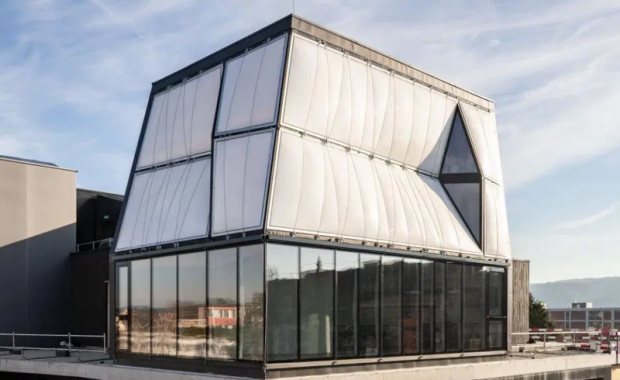
Breaking News
 Candace Owens FACE TO FACE meeting with Erika Kirk Goes Viral
Candace Owens FACE TO FACE meeting with Erika Kirk Goes Viral
 The Global Push for Government Mandated Digital IDs And Why You Should Worry
The Global Push for Government Mandated Digital IDs And Why You Should Worry
 Update on the homestead...Turning dollars into completed projects.
Update on the homestead...Turning dollars into completed projects.
 Tanning beds mutate nearly your entire skin and triple melanoma risk
Tanning beds mutate nearly your entire skin and triple melanoma risk
Top Tech News
 This tiny dev board is packed with features for ambitious makers
This tiny dev board is packed with features for ambitious makers
 Scientists Discover Gel to Regrow Tooth Enamel
Scientists Discover Gel to Regrow Tooth Enamel
 Vitamin C and Dandelion Root Killing Cancer Cells -- as Former CDC Director Calls for COVID-19...
Vitamin C and Dandelion Root Killing Cancer Cells -- as Former CDC Director Calls for COVID-19...
 Galactic Brain: US firm plans space-based data centers, power grid to challenge China
Galactic Brain: US firm plans space-based data centers, power grid to challenge China
 A microbial cleanup for glyphosate just earned a patent. Here's why that matters
A microbial cleanup for glyphosate just earned a patent. Here's why that matters
 Japan Breaks Internet Speed Record with 5 Million Times Faster Data Transfer
Japan Breaks Internet Speed Record with 5 Million Times Faster Data Transfer
 Advanced Propulsion Resources Part 1 of 2
Advanced Propulsion Resources Part 1 of 2
 PulsarFusion a forward-thinking UK aerospace company, is pushing the boundaries of space travel...
PulsarFusion a forward-thinking UK aerospace company, is pushing the boundaries of space travel...
 Dinky little laser box throws big-screen entertainment from inches away
Dinky little laser box throws big-screen entertainment from inches away
 'World's first' sodium-ion flashlight shines bright even at -40 ºF
'World's first' sodium-ion flashlight shines bright even at -40 ºF
Meet The Revolutionary Swiss House Built Entirely By Robots

The researchers believe that robots could very well be the answer that the industry needs. And now, they have their proof of concept in the DFAB House, described as "the first habitable building designed and planned using a choreography of digital fabrication methods."
The DFAB House is 3 levels and features 3D printed ceilings, energy efficient walls, timber beams assembled by robots and an intelligent home system. The house is near Zurich and was developed by a team of experts at ETH Zurich University with help from thirty industry partners. It took four years to develop and build the house, which measures 2,370 square feet and required 60% less cement than a traditional building. The DFAB House also passed stringent Swiss building codes.
Matthias Kohler, a member of DFAB's research team said: "This is a new way of seeing architecture. Suddenly how we use resources to build our habitats is at the center of architecture. How you build matters."
Kohler continued: "Of course we're interested in gaining breakthroughs in speed and economy, but we tried to hold to the idea of quality first. You can do things very, very fast but that doesn't mean that it's actually sustainable."



